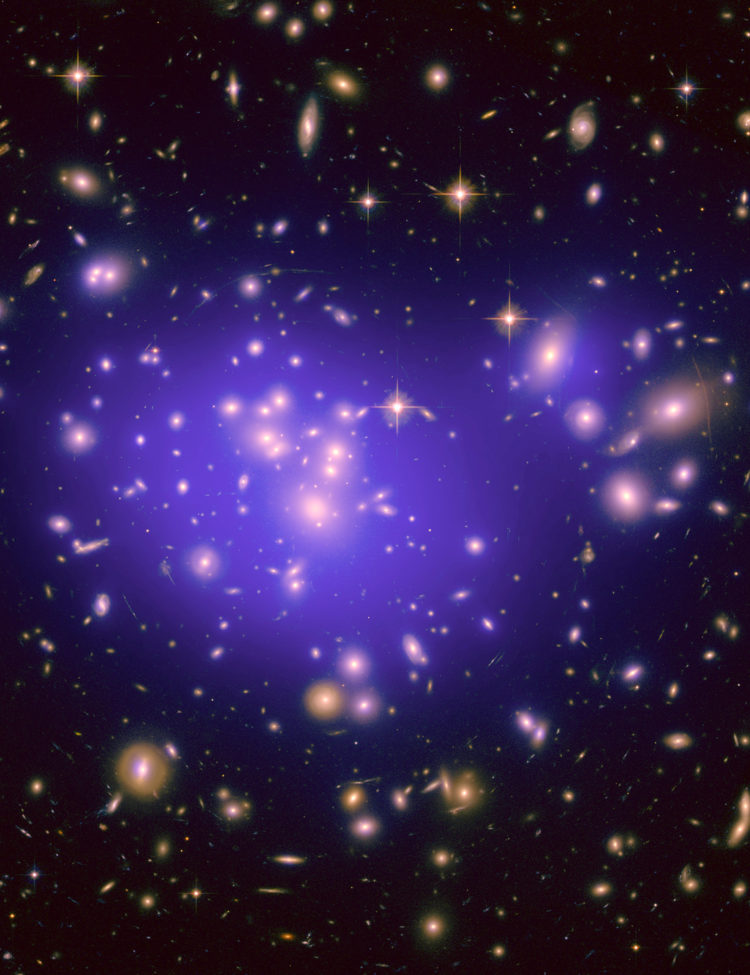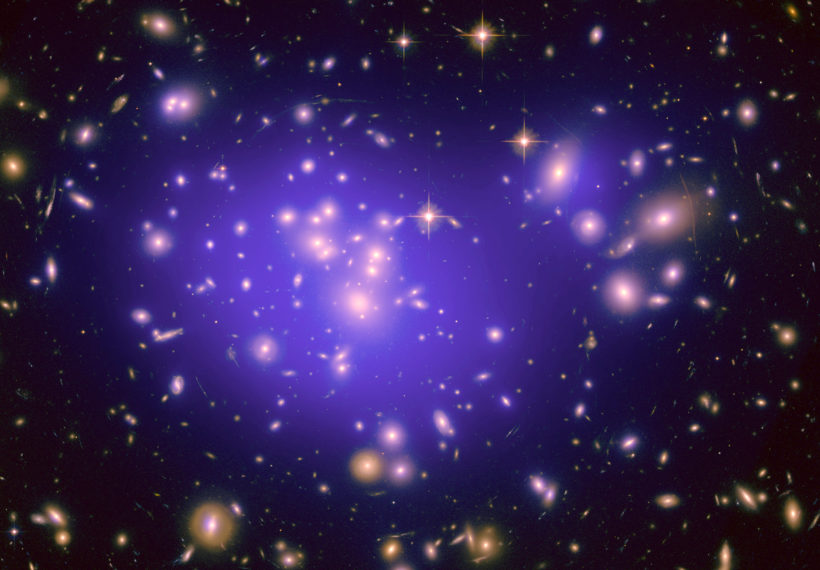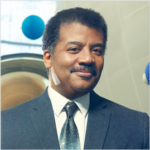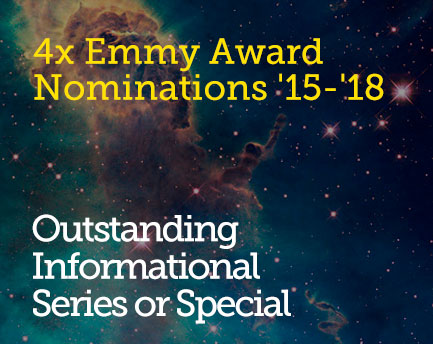About This Episode
How did the universe get to be this way? On this episode of StarTalk, Neil DeGrasse Tyson and comic co-host Chuck Nice unveil some of the subjects covered in the new StarTalk book named after our recurring segment Cosmic Queries. Theoretical cosmologist and Director of Sciences at Pioneer Works, Janna Levin, helps us break down the building blocks of the universe and how it started.
To start things off, you’ll learn what the galaxy is made of, both objects we can see and things we cannot. We take a deep, dark dive into dark matter. How much dark matter is there? Are neutrinos a form of dark matter? Has there always been the same amount of matter and dark matter? Could there be a universe with dark matter that is parallel to ours? Find out why someday dark energy will win over the universe. We discuss why theorizing something undetectable and even unprovable may still be a scientific question.
To kick off questions from our patrons, we explore the Large Hadron Collider (LHC). What has it enabled us to discover? What has it not discovered yet? Could the LHC make a black hole? You’ll learn about the discovery of the Higgs particle and other elusive objects. We dive into the scientific method physicists use in predicting theories and what physicists really want.
We also explain string theory and the harmonics of subatomic particles, and how there “can’t be nothing.” Learn why nothing isn’t as empty as you imagine and how spacetime is malleable. Is everything in the universe just a point on a string? Discover all that and more, including how quantum mechanics create spacetime, on another exciting episode!
Thanks to our Patrons Sunny Day, Shain Dholakiya, Penny Joy, Ben Miller, Eric Lamont, Fernando Sepulveda, Caleb Nolan, Beverly Bellows, Pedro, and Chris Mank for supporting us this week.
NOTE: StarTalk+ Patrons can watch or listen to this entire episode commercial-free.




 Unlock with Patreon
Unlock with Patreon


 Become a Patron
Become a Patron

